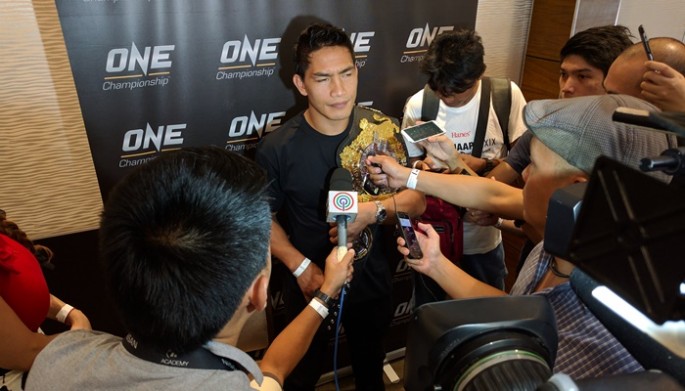"ONE Championship: Kings of Destiny" was just declared as the most watched mixed martial arts show in the Philippines. Delighted with the turnout, ONE Championship chairman Chatri Sityodtong recently talked about what martial arts means to Asians.
"When you talk about martial arts, Asia is the home of martial arts," Sityodtong said. "It has been the home of martial arts for the last 5,000 years. We live, breathe and understand it. We understand the philosophy of it and the spirit of it."
It is the connection with its audience that sets ONE Championship apart from other MMA organizations, according to Sityodtong. He is confident that ONE Championship is still the top MMA organization in Asia with UFC trying to play catch-up and other MMA promotions currently operating in the region.
"Based on the Q1 2017 actual results, our run rate is four billion social media impressions," Sityodtong shared. "We will likely exceed the four billion by year-end due to sequential growth as our numbers are compounding every month. The same goes for our social media video views. If I had to guess, we will likely do 500 million video views by year-end."
These metrics along with strong TV ratings make ONE Championship the largest sports media property in Asia by a large margin in terms of audience scale, reach, and engagement, Sityodtong pointed out. The numbers also prove that ONE Championship is at least 10 to 50 times larger than UFC in Asia depending on the country, he added.
The ONE Championship chairman said that every major country is showing their content several hours per week and even up to several hours per day in some countries. The MMA organization has increased its average of 12-18 hours of TV broadcast in 2014 to 100-1800 hours and from 1-2 percent three years ago, it has seen its peak TV ratings share spike to 11-20 percent.
Here is a clip from the Team Lakay Media Day event on May 9, Tuesday:



























